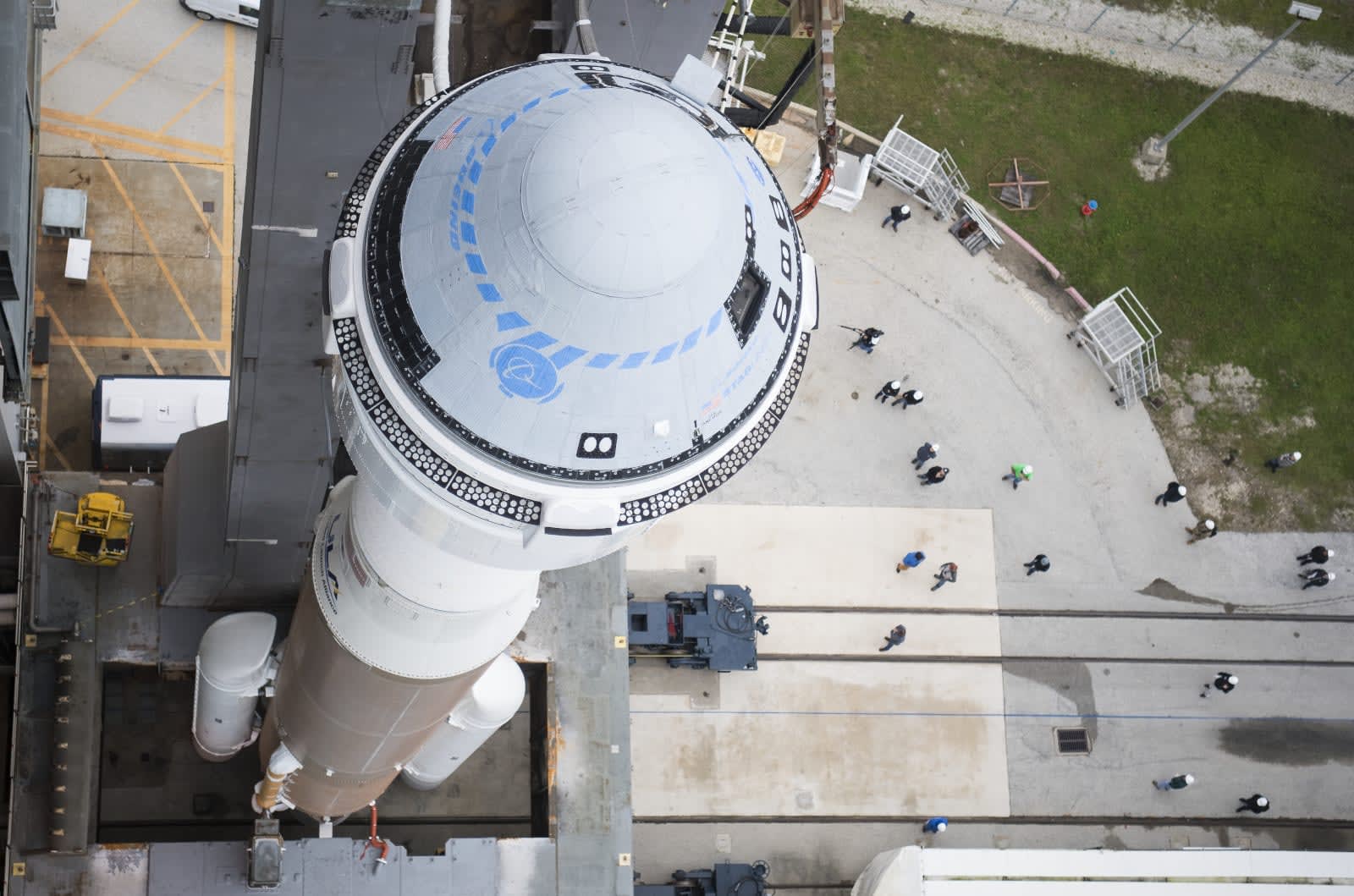Boeing Starliner's first unmanned flight failed in December, because the aerospace giant divided its tests in small chunks instead of conducting longer tests that simulate the whole process from launch to docking. Starliner program manager John Mulholland has revealed at a teleconference that the company thought it would be "more logical to break the mission phases into chunks and do a lot of testing in those smaller chunks." Doing a single test run from launch to docking takes over 25 hours, after all.
If you'll recall, the Starliner crew capsule that was designed to ferry astronauts to the ISS failed to enter the right orbit and dock with the station during its first test flight. Turned out the spacecraft's onboard computer time was miscalibrated by 11 hours, so it wasn't able to fire the thrusters that would send on the correct path. In addition, its ground team wasn't able to establish a connection before it had already burned too much fuel. The company would've discovered the mistake if it ran a longer test.

NASA and Boeing formed a team to investigate what happened, and a report recently published by Orlando Sentinel said that the fact that the company didn't do an end-to-end test took NASA by surprise. Mulholland defended Boeing at the conference, telling reporters:
"...I really don't want anyone to have the impression that this team tried to take shortcuts. They didn't. They did an abundance of testing. And in certain areas obviously we have some gaps to fill."
Aside from not conducting a launch-to-docking simulation, Boeing also didn't test the Starliner's software against its service module. Boeing scheduled the spacecraft's software test and a "hot fire" test of the module's thrusters at the same time. That's why the service module was in a different location, and the company had to use an emulator in its place. The emulator turned out to be flawed, though, and the investigation team found a critical software defect that could've led to "loss of vehicle."
Mulholland said that going forward, Boeing will continue doing tests in smaller chunks, but it will also conduct longer end-to-end testing. According to The Washington Post, NASA is still thinking whether to allow Boeing to proceed with its first manned flight to prevent delays or to require the company to successfully complete an unmanned flight first.
Source: The Washington Post


